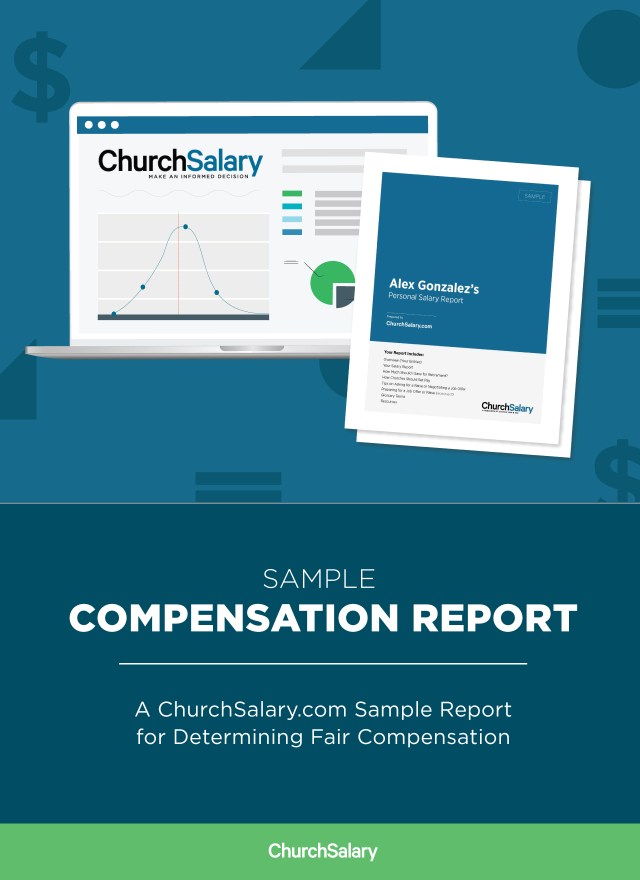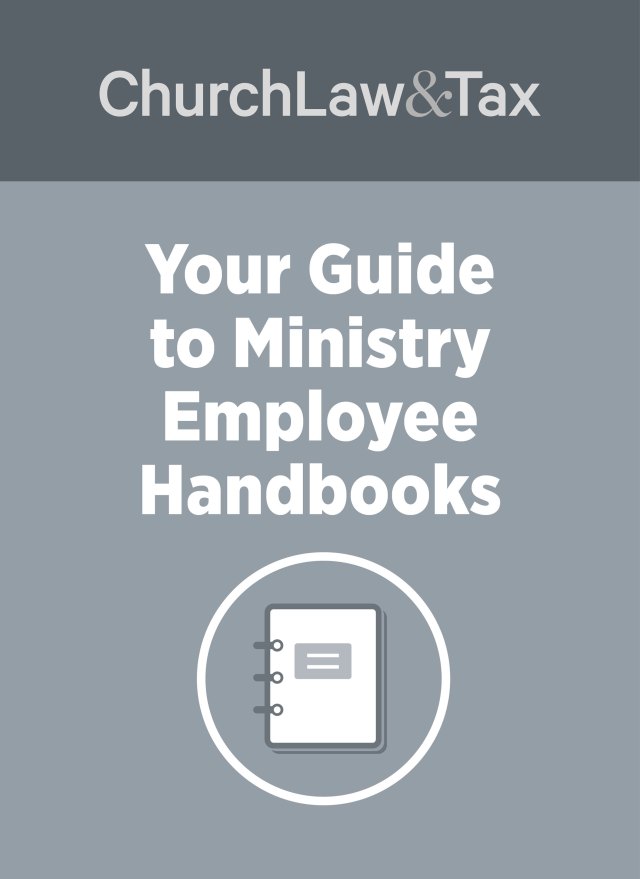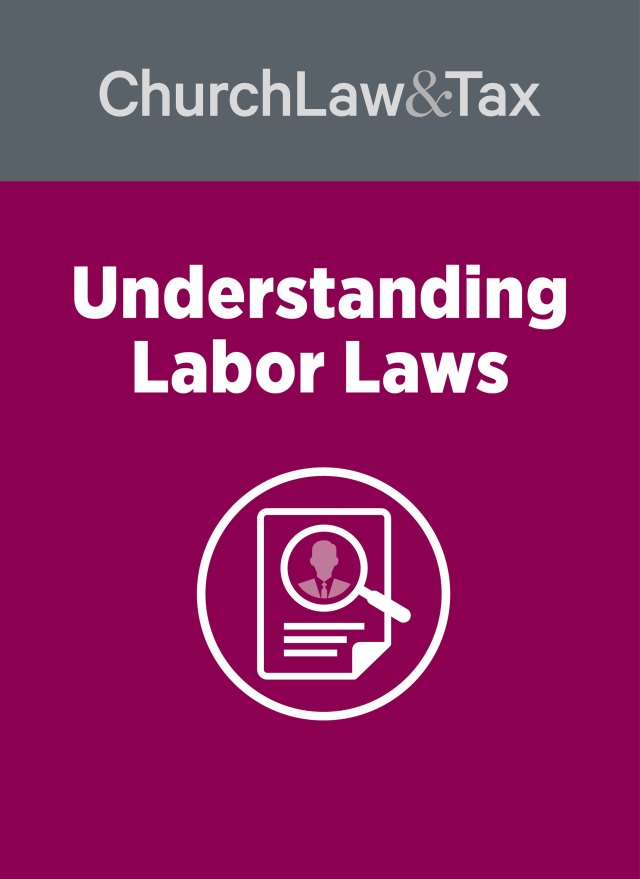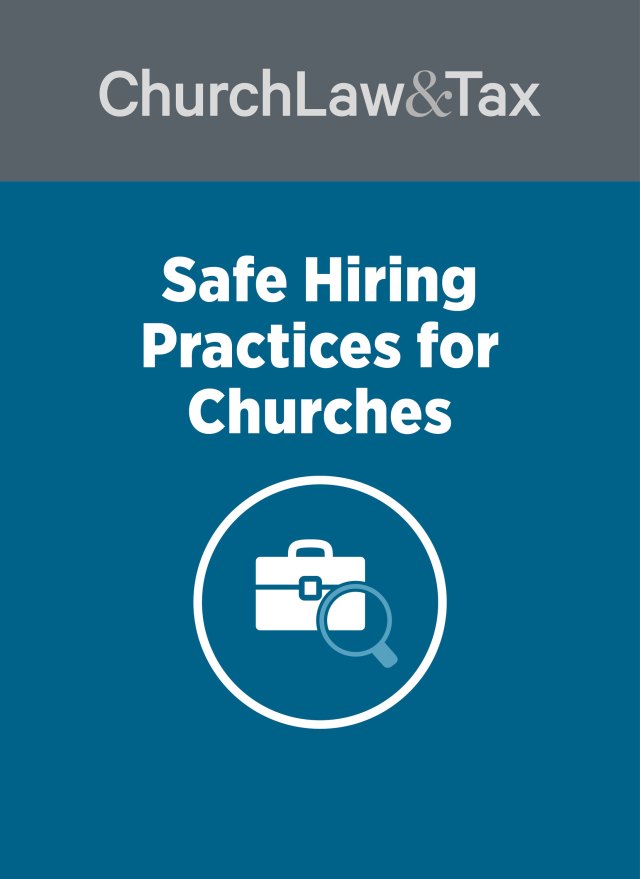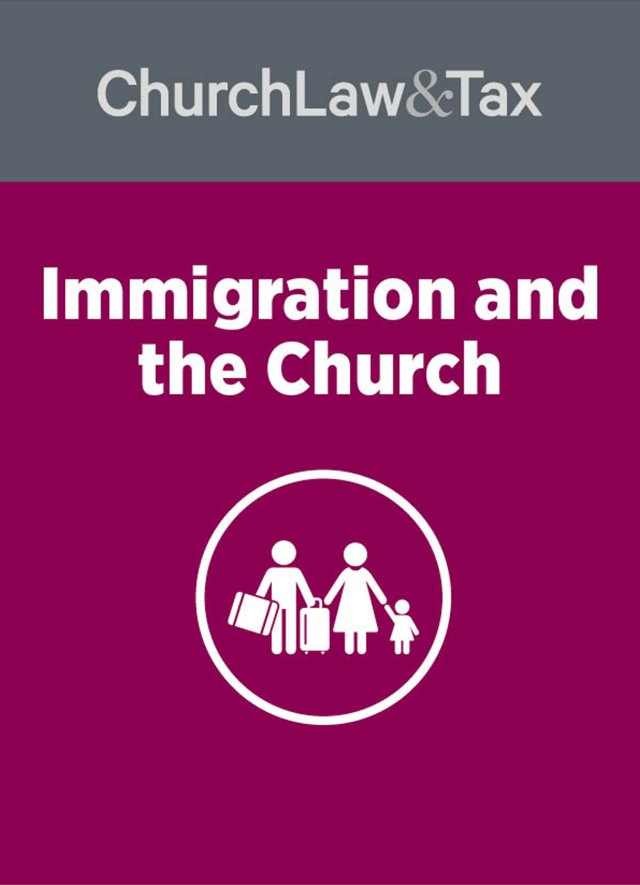Many employers—including churches—offered remote-work options even before the COVID-19 pandemic. Many churches were willing to accommodate employees who were just as happy and effective working from home.
Many employers typically are comfortable with exempt employees working remotely. Those are the employees not bound by the 40-hour workweek and not entitled to overtime.
But employers struggle with how to build systems that allow nonexempt employees—those bound by the 40-hour workweek and entitled to overtime pay—to work remotely and still meet all the regulatory standards.
Categories of employees
Before reviewing tips for handling a remote workforce, it is good to review the three categories of employees in light of the Fair Labor Standards Act (FLSA). The FLSA establishes minimum wage, overtime pay, and recordkeeping standards, among other things. There are three categories of employees affected by the FLSA: (1) those covered by the ministerial exception; (2) exempt employees, and (3) nonexempt employees. Some default rules and definitions can help churches categorize employees.
Caution. The information provided in this article is based on federal law administered by the US Department of Labor (DOL). Each church should also review state and local laws to determine additional requirements.
Use the following steps to classify church employees for the FLSA.
Step 1: Ministerial exception
The court-created ministerial exception says that employees qualifying as “ministers” are not subject to the FLSA employment laws. Therefore, employees qualifying as ministers may be excluded from wage and hour rules.
Churches may take advantage of the ministerial exception. However, it isn’t clear how the ministerial exception applies to employees of para-church organizations or other nonreligious-based organizations, such as nursing homes.
Every church should review all of its employees to determine which ones may be classified under the ministerial exception. For those classified under the ministerial exception, churches should support these determinations with well-constructed job descriptions and clear communication with the employees covered. The designation of “ministerial exception” also should be included in their personnel records. These employees have now been classified in the church’s systems and are removed from future FLSA consideration.
Step 2: Exempt employees minimum salary test
After completing Step 1 and removing all the “ministers” from FLSA consideration, the next step is an objective wage analysis on the remaining employees.
All exempt employees, except for doctors, teachers, and lawyers, must meet a minimum weekly salary test to be deemed an exempt employee.
All employees who make less than $455 per week (or $35,568 per year) are classified as nonexempt employees and thus eligible to receive overtime pay under FLSA. (Editor’s Note: Scheduled increases by the DOL to the minimum salary threshold for exempt employees in 2024, 2025, and beyond were vacated by a Texas federal court in November of 2024.)
Unless the employees are doctors, teachers (not daycare teachers), or lawyers, their duties are irrelevant and they are classified as nonexempt when they fall below this minimum salary threshold. The amount may not be prorated for part-time employees.
Note. The minimum salary threshold for exempt employees and overtime pay remains a moving target. Church leaders are wise to continue following updates to this issue on ChurchLawAndTax.com.
Step 3: Exempt employee duties test
For all remaining employees, it is necessary to examine their job duties to see if they meet the exempt employees duties test as defined by DOL.
To be exempt, an employee must make more than $455 per week (or $35,568 per year), as discussed, and perform duties defined in the DOL’s Executive, Administrative, Professional, or Computer classifications. The appropriate classification should be supported by a well-constructed job description.
Caution. The Administrative classification is most abused by employers. This classification does not include administrative assistants, so churches should take care before they universally apply this classification.
Caution. Simply agreeing to a salary pay arrangement does not create an exempt employee. Churches may pay a nonexempt employee with a salary arrangement, but they must still comply with wage and hour rules, including timekeeping and overtime rules.
After performing the “duties test” analysis, any employee properly classified in one of the exempt duties categories is an exempt employee, and thus not subject to wage and overtime rules under FLSA. Any employee who does not fit one of the exempt duties categories is a nonexempt employee and falls under FLSA rules.
Remote work requirements: The nonexempt employee
Employers have traditionally attempted to keep their remote workforces limited to their exempt employees because those workers do not receive overtime pay, and tracking their hours for such purposes is therefore unnecessary. Churches have taken a similar tact, often attempting to limit remote work to only their ministerial employees, who are also exempt employees and are not eligible for overtime pay.
Nonexempt workers are subject to minimum wage and overtime rules—whether they work in the workplace or in their homes.
Remote nonexempt workers pose several concerns to employers, including these questions:
- How does the employer know what time is good work time, given how much easier it is for work to stop and start at home due to distractions?
- How does the employer know if the worker is working at all?
- Are the boundaries between work and personal time so blurred that supervisors forget the nonexempt worker cannot answer texts or emails at any time of the day or night?
- How does the employer keep track of the time that is worked?
Maintaining a remote workforce involving nonexempt workers requires employers to rethink and solidify their work requirements. It also requires instilling a high sense of integrity into all employees. The remote-work arrangement requires a high level of trust in both the employer and the employee, no matter the classification of the employee, but especially with the nonexempt employee.
Employers should establish strong expectations for all nonexempt employees with good communication regarding expectations and policies.
Note. The remote work arrangement requires a high level of trust in both employer and employee, no matter the classification of the employee, but especially with the non-exempt employee.
Work times
Nonexempt employee should know the general hours when they are expected to perform their duties. While it is acceptable to have this as a flexible arrangement, it will eliminate frustration if it is strongly defined.
Break times
Information should be provided about allowed breaks, and when breaks are—or aren’t—compensated. For example, breaks of 20 minutes or less are still required to be compensated, whereas the break of 30 minutes or longer, like a lunch break, is not required to be compensated.
Employees need to clearly understand that performing any work tasks during a break creates compensable work time.
Therefore, if the employee breaks for lunch, but continues to check email during the 30-minute lunch break, a break has not occurred, and the employee must be compensated for this time.
This is easier to understand and comply with at the office, but an employee may struggle with the temptation to skip breaks or work through them when in the comfort of their own home. In reviewing time records, employees who report no breaks should be questioned to determine actual work practices.
Responding to Other Employees
When working from home, the office/home boundaries are more blurred than ever before. Additionally, a church may have employees working on different schedules. Exempt employees who are night owls might be working at midnight while others will rise with the sun and start early. In either instance, emails, phone calls, or texts may easily be sent to nonexempt employees when they are not on the clock.
The church must determine when responses will be expected from nonexempt employees. Supervisors need to understand that just because an employee is working from home does not mean that all time at home is available for work. All employees, especially nonexempt employees, need to set and communicate boundaries regarding when they will or will not respond to an email, text, or phone call.
Churches need to respect an employee’s personal time and assist them in enforcing these established boundaries. Frustration should not be expressed by the night owl whose administrative assistant is an early bird because he or she is not available when the night owl is working.
While just seeing a text does not create work time, responding to it may.
Time that is infrequent and insignificant (de minimis time) outside of regularly scheduled working hours may be disregarded, if it cannot be precisely recorded for payroll purposes. Key concepts in determining de minimis time include:
- Short. The time involved is fleeting. For example, a text is sent to an administrative assistant after hours that only requires a quick “yes” or “no.”
- Unexpected and Not Required. The occurrences are infrequent and not anticipated. The requests should not occur more than a few times per year and never close to other requests.
- Time Recording Is Practically Impossible. It must be proved that precisely recording the time would not be possible.
In practice, the de minimis time exception should not be regularly relied upon; it should be the exception and not the rule. When time is involved in after-hours work, employers must pay the minimum time increment for each response.
For employers that track time in 15-minute increments, the employer must pay for 15 minutes if an employee responds to the text during off-hours. (Some states have a minimum amount of time, as high as two hours, which must be paid for each off-hours response.)
To address these concerns, churches should create policies both to assist with capturing all work time and to protect the church if time is not correctly recorded. Policies should include:
- No off-the-clock work. All employees should understand that nonexempt employees are not expected to work “off-the-clock” or outside of their customarily defined work times. Nonexempt employees may receive texts and emails after hours, but there is no expectation that they will be responded to until the next scheduled workday.
- All work time is reportable. All nonexempt employees are expected to record all time worked, including time involved with “after hours” texts and emails. If the church is aware of an employee violating the policy, it must take steps to correct the reporting issues. Nonexempt employees should never be “donating” time in their required work areas.
Churches need to actively train all employees, including ministers, on respecting boundaries, as well as time reporting requirements, especially for nonexempt employees. The church should also monitor compliance through periodic surveys sent to all staff.
Timekeeping requirements
How time will be kept and how often it must be submitted to a supervisor and the payroll department are important questions to be answered. There are many excellent electronic timekeeping systems that make this task more manageable than even ten years ago.
Many of those systems also have safeguards to prevent employees from logging into the system while they are not on the clock and at, say, the local amusement park.
Since there is a higher risk of accidental work time with remote workers, the system also should provide a method for entering time “after the fact,” meaning it was worked when the employee was not logged into the system. If a physical system, such as an Excel spreadsheet, is kept by the employee, then guidance should be provided as to how often time must be submitted to supervisors.
Tip. If the church is not keeping time records for all nonexempt employees, this is a great—and important—time to start. DOL requires employers to keep records of the hours worked each day, as well as the total hours worked each week. These records must be maintained for two years. This is required, even if the nonexempt employee is paid on a salary basis.
Remote workforce requirements: The exempt employee
Since the exempt employee is not required to keep track of the exact hours worked, FLSA concerns differ from the nonexempt employee concerns. It is critical to understand when exempt employees’ pay can be reduced if the employer determines they are not working predetermined hours.
Pay for the day
Exempt employees must be paid for a full day if they worked any part of the day. Therefore, if an exempt employee completes their job by lunchtime, they must still receive a full day’s pay.
Pay for the week
In general, if an exempt employee is available to work, an employer must pay the employee for all the days in the workweek if the employee works even part of the week.
For example, if a full-time exempt employee’s work can be accomplished in two days during the week, the employee must be paid for the entire workweek if he or she is available to work during the entire workweek.
Application of paid leave time
Employers may require an exempt employee to use paid leave time in half-day or full-day increments. However, even if there is no paid leave time to apply to a half-day or partial day, the full day still must be paid. The employer is not required to pay for a full day taken without leave.
Next Steps
- Review how your church’s employees are categorized to ensure they fall within legal definitions.
- Establish appropriate communications to all staff regarding nonexempt employees. Use the communications to help build an environment of trust and respect for boundaries.
- Establish a method of polling employees to help determine that boundaries are being respected.
- For more information on the church and worker classifications under the FLSA see the excellent book Church Compensation – Second Edition: From Strategic Plan to Compliance by Elaine Sommerville, CPA, available at churchlawandtaxstore.com
This article was adapted from a chapter originally appearing in Working Remotely: A Framework for Success, GreenDot.Press (2022). Used with permission.

